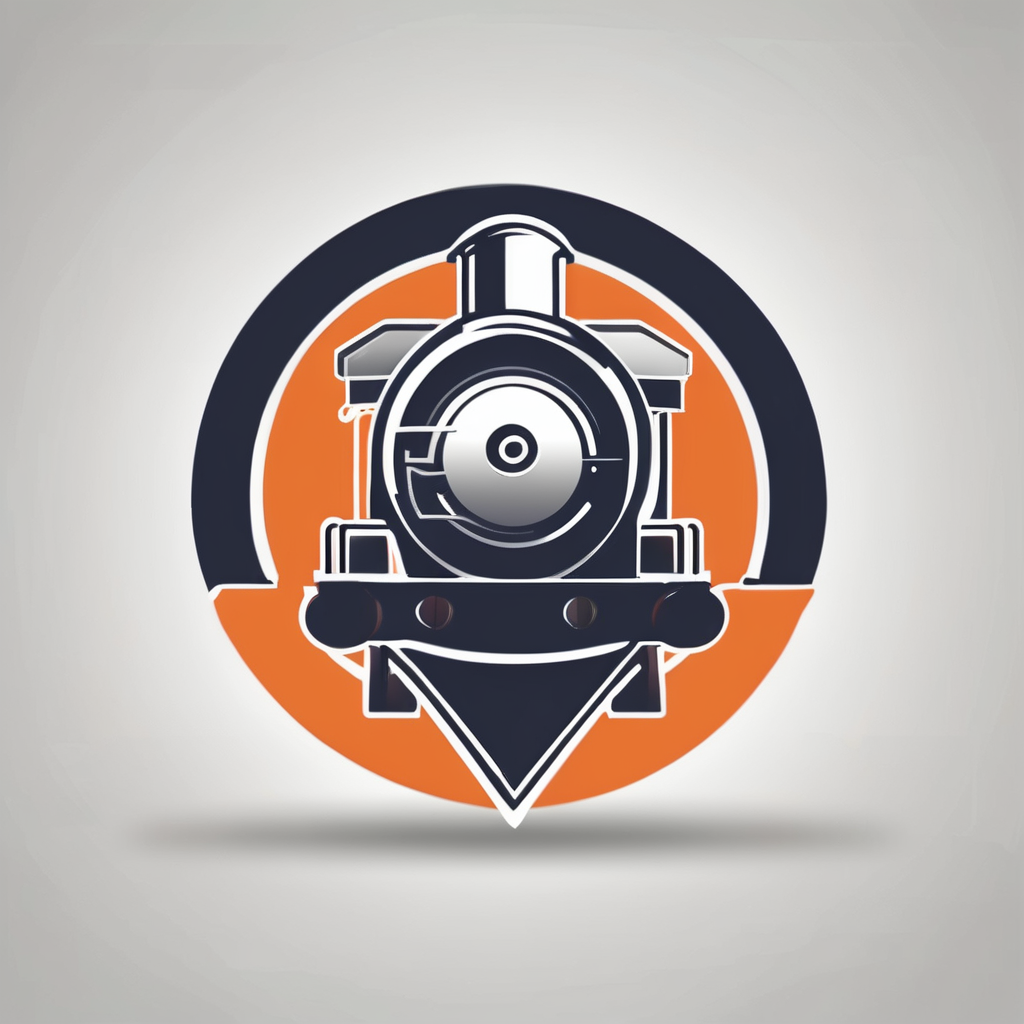Introduction to Sport Bike Crash Cages
Sport bike crash cages are crucial motorcycle accessories designed to enhance the safety of riders on UK highways. Their primary purpose is to protect the bike’s frame and engine in the event of a fall or accident. By acting as a barrier, they minimize the damage and reduce the chances of severe injury. Recognizing the importance of such safety enhancements is vital, especially with the increased risk associated with motorcycle riding.
One key element of motorcycle safety involves being aware of the legal considerations when using crash cages in the UK. While these structures provide added protection, it is essential to ensure that they comply with UK motorcycle regulations. Meeting these legal standards is not just about safety; it also helps avoid hefty penalties. Failure to adhere to such regulations can lead to significant legal implications, including fines or restrictions.
Additional reading : Ultimate Guide to Installing Dash Cameras on Sport Bikes: Ensuring UK Road Legal Compliance
In summary, sport bike crash cages serve as a shield, offering an additional layer of protection to motorcyclists. While they are valuable for improving safety, understanding the legal framework governing their use in the UK is equally important. By doing so, riders can enjoy the benefits without facing legal challenges.
Installation Guide for Sport Bike Crash Cages
Successfully installing crash cages on your motorcycle ensures enhanced safety and protection in the event of unexpected falls or accidents. Before you begin, gather essential tools: wrenches, sockets, Allen keys, and a torque wrench. These will aid in securing the crash cage meticulously.
Also to see : The complete handbook for choosing the best sport bike tires for exceptional mixed terrain adventure in the uk
Step-by-step installation is straightforward yet precise, requiring attention. Begin by placing your bike on a stable surface, such as a paddock stand, to prevent any movement during the process. Secondly, review the crash cage kit and its instructions carefully—variations exist among brands and models. Ensuring compatibility with your bike model is crucial.
Next, identify the frame mounts—most cages attach to existing bolt holes on the frame. Remove necessary components, and align the crash cage brackets to these points. Securing them with the provided bolts and using a torque wrench to tighten them to the manufacturer’s specifications prevents future loosening.
Avoid common installation mistakes like overtightening bolts, which can strain the frame and reduce cage effectiveness. Additionally, verify no components obstruct vital motorcycle parts or functions, such as the steering or braking system.
Regularly check bolt tightness after initial installation to ensure enduring protection. With these detailed instructions, you’ll equip your motorcycle for safer, worry-free rides.
Safety Benefits of Crash Cages
Motorcycle safety is significantly enhanced by the installation of crash cages, offering critical protection during unfortunate incidents. These structures act as a shield, safeguarding essential motorcycle components, such as the engine and the frame, from severe damage upon impact. The impact resistance offered by crash cages is paramount, absorbing and dispersing forces that would otherwise spell disaster for both the rider and the bike.
Motorcyclists who have incorporated crash cages into their riding gear often share testimonies of their safety benefits. Real-life experiences highlight how these accessories have minimized harm, preserving not only mechanical integrity but also preventing potentially life-threatening injuries. Riders consistently report feeling more secure, knowing that their bikes are fortified against accidents.
In comparative analyses, the presence of crash cages during collisions markedly reduces repair costs and downtime. Without them, even minor falls can lead to significant damage, rendering bikes temporarily inoperable and imposing hefty repair fees. This stark difference underscores the importance of motorcycle protection—riders equipped with crash cages ride confidently, assured of the enhanced defence these accessories provide.
Maintenance of Crash Cages
Ensuring the longevity and effectiveness of crash cages demands regular and thorough maintenance. By incorporating routine checks into your motorcycle upkeep, you not only protect your investment but also enhance your overall safety on the road.
Begin with frequent safety inspections to spot any signs of wear and tear. Look for visible damage such as cracks, dents, or rust that may compromise the cage’s integrity. Fasteners should also be checked routinely to ensure they are secure, as loose fittings can affect the cage’s protective capabilities.
When maintaining crash cages, it’s crucial to understand what might indicate potential failing points. Pay attention to any unusual rattling noises or visible misalignments during these inspections. These signs could suggest that the cage isn’t providing optimal protection.
Incorporate the following routine maintenance tips:
- Clean regularly to prevent corrosion, especially after exposure to moisture.
- Apply lubricants to moving parts, if applicable, to avoid stiffness.
- Inspect after every ride, particularly following exposure to adverse conditions.
Keeping a meticulous maintenance schedule not only enhances the durability of your crash cage but also boosts your confidence while navigating UK roads. Such proactive measures ensure that the crash cage is always prepared to afford the highest level of motorcycle protection in case of an unforeseen incident.
Compliance with UK Regulations
Ensuring that your crash cage complies with UK motorcycle regulations is crucial for legal and safety reasons. UK laws mandate specific standards for motorcycle accessories, including crash cages, to guarantee they do not compromise rider security or road compatibility.
To meet legal requirements, start by consulting the manufacturer’s documentation that often outlines the regulations compliance of your specific crash cage model. These documents typically include conformity attestations to UK safety and design standards.
Verification of crash cage compliance can also be performed through certified motorcycle accessory dealers or professional motorcycle workshops. They are equipped to confirm whether a crash cage adheres to current legal stipulations.
Failure to meet compliance standards can have severe consequences. Non-compliance may lead to fines, invalid insurance coverage, or legal restrictions against your motorcycle’s roadworthiness. This can result in financial burdens and restrict your ability to ride legally.
It’s vital to periodically review any updates to UK motorcycle regulations as changes can occur that could render previously compliant accessories non-compliant. Staying informed through resources like government websites or motorcycle enthusiast forums can help you ensure ongoing compliance. By doing so, you protect yourself legally while enhancing your roadside safety.
Product Recommendations
Selecting the best crash cages requires consideration of product reviews and key crash cage features. A few brands consistently stand out for quality and performance. R&G Racing is renowned for its robust construction and precision fit, making it a top choice among riders. GBracing, another leading brand, offers high-impact resistance and compatibility with various bike models, ensuring both durability and functionality.
When comparing models, it’s essential to evaluate specific features that cater to your needs. Look for crash cages that provide robust protection without limiting bike maneuverability. Models designed with modular components allow for easier maintenance and potential upgrades, extending the lifespan of your investment.
Considerations for choosing the right crash cage include:
- Material quality: High-grade steel or aluminum generally offers superior impact resistance.
- Compatibility: Ensure the crash cage is specifically designed for your motorcycle make and model.
- Ease of installation: Some designs may require professional fitting, which could add to the overall cost.
By examining these factors, you can confidently select a crash cage that meets your safety needs and complements your riding style.
Tips for Proper Usage
Implementing effective crash cage usage tips enhances your overall motorcycle riding safety. Ensuring you maximise the functionality of these accessories involves understanding proper practices, which in turn fortify your biking experience.
One fundamental approach is adopting best practices while riding. For example, regularly reviewing your crash cage’s positioning and stability reinforces its defensive capabilities. Experienced riders often incorporate reflective riding, which means anticipating potential risks and adjusting their riding habits accordingly.
Incorporating crash cage awareness involves understanding the limitations and capabilities of your cage in various scenarios. Knowing that a cage is not a substitute for safe riding but an adjunct can guide your manoeuvres in traffic. Awareness extends to ensuring that no essential motorcycle functions, like steering, are hindered by the cage components.
To bolster protection even further, consider additional safety gear recommendations. Equip your motorcycle riding with high-quality helmets, gloves, and jackets that offer robust protection against the elements and impacts. These additions complement crash cages, providing a holistic safety shield during every ride.
Implementing these strategies ensures that your crash cage serves its intended purpose while engaging in safer, more informed motorcycle riding.











